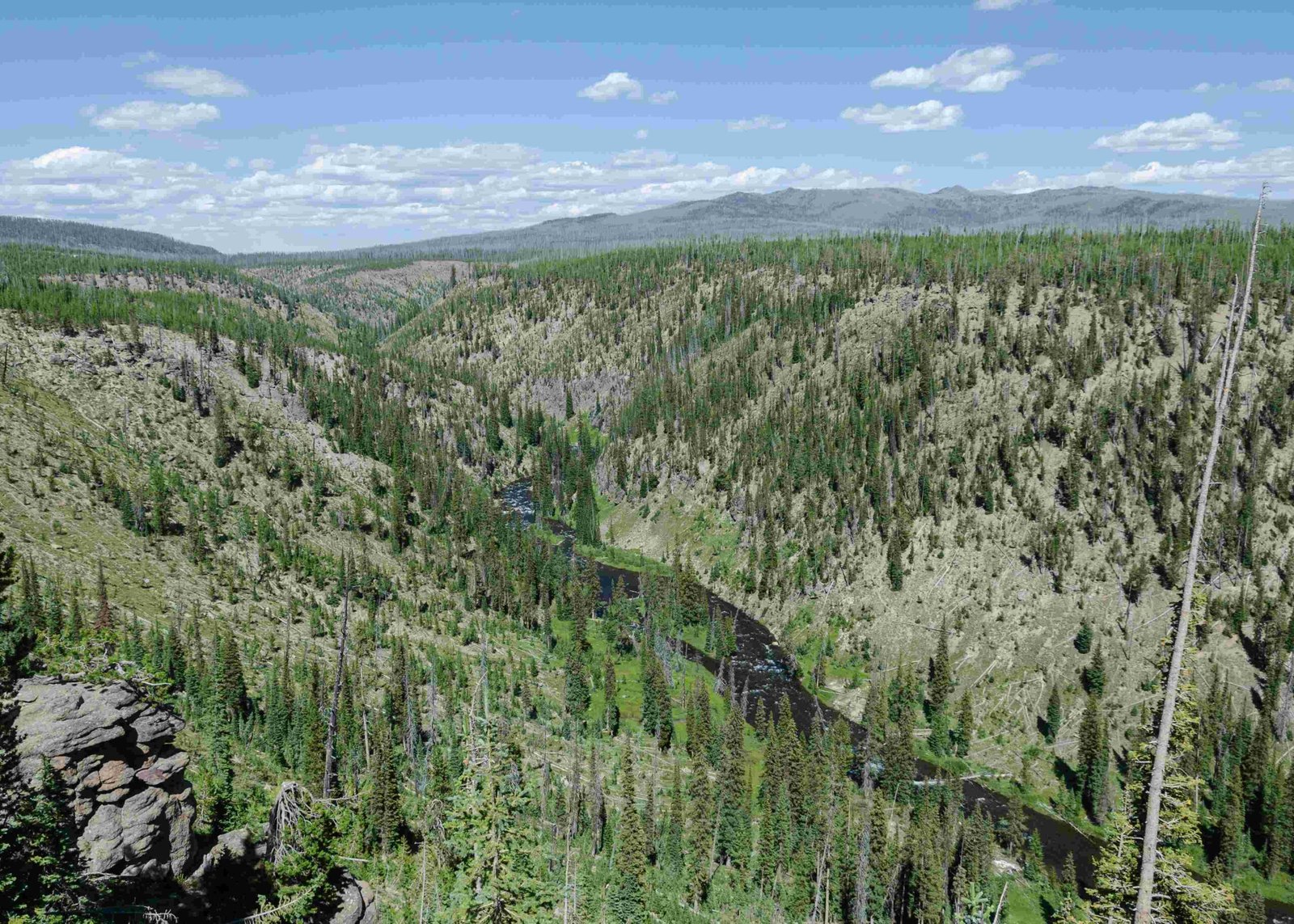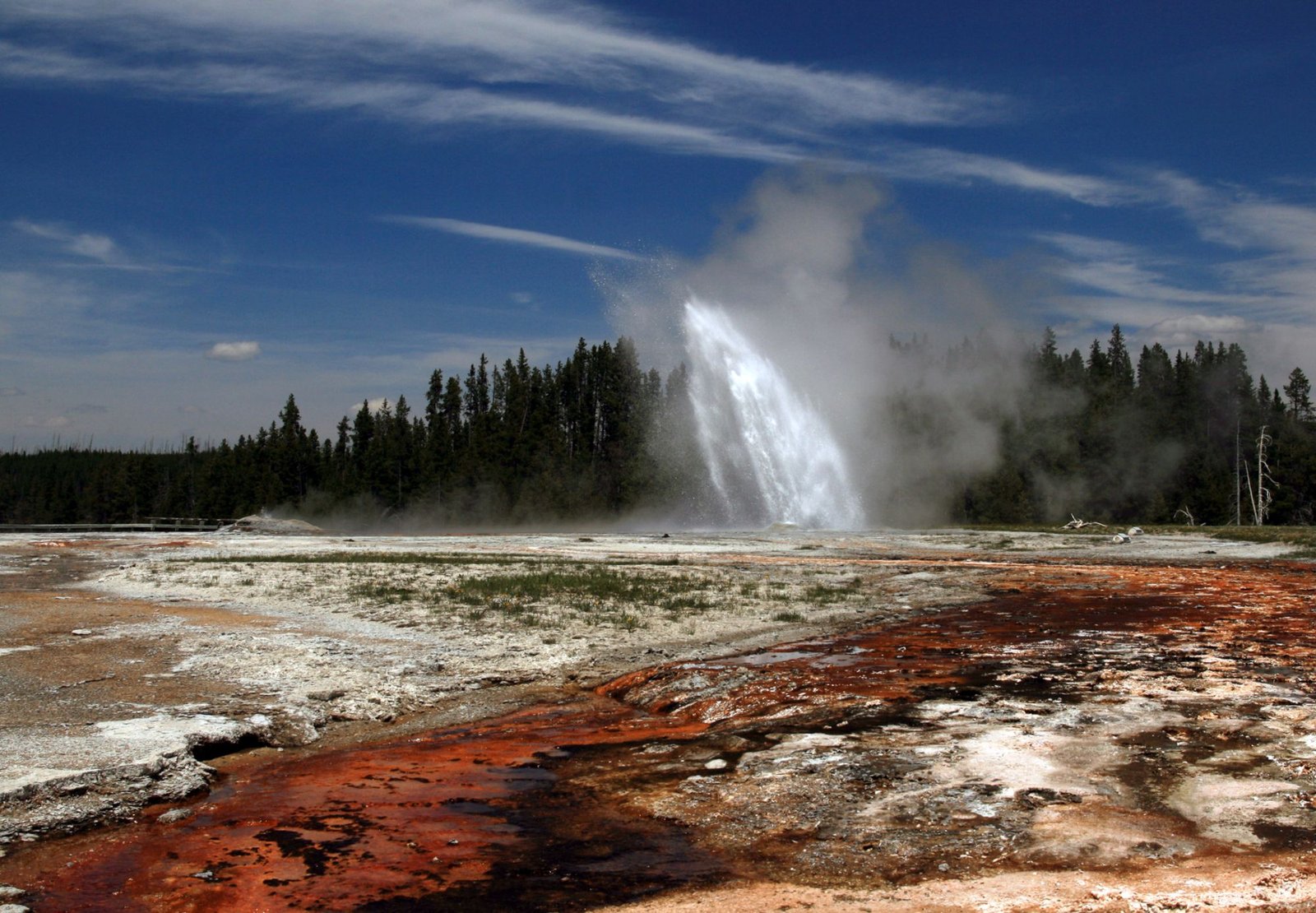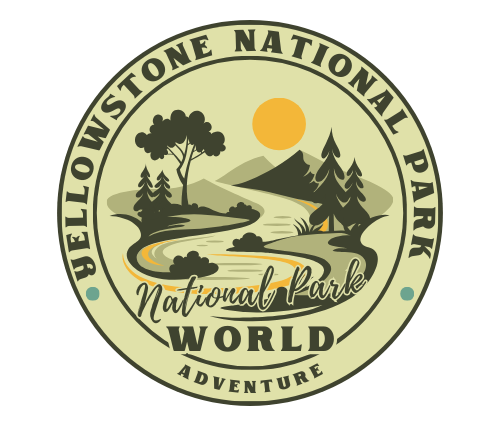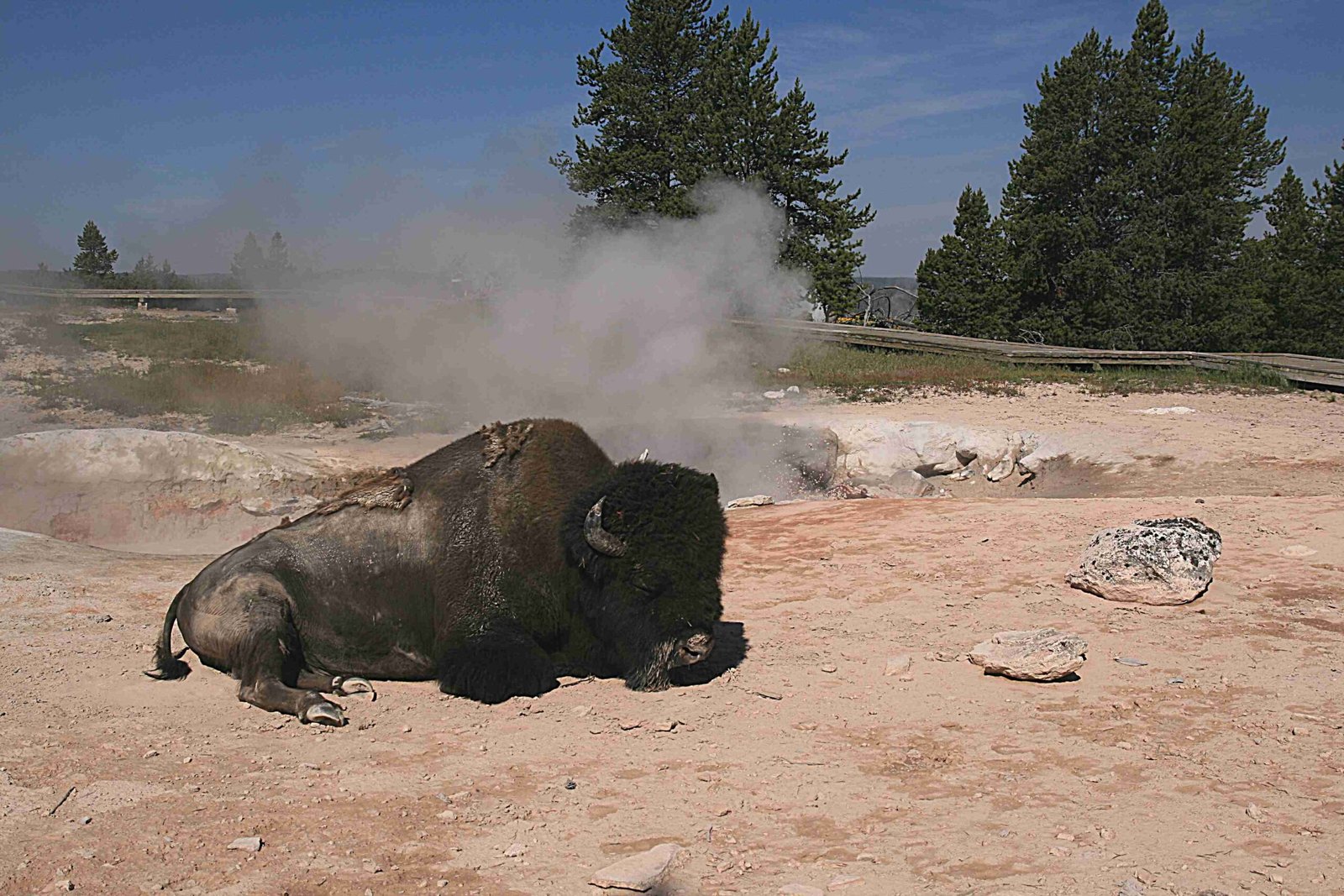The Morning Glory Pool, located in Yellowstone National Park’s Upper Geyser Basin, is a stunning hot spring known for its vibrant colors and unique thermal features. Situated near the famous Old Faithful geyser, this pool attracts visitors with its mesmerizing beauty and intriguing geological characteristics. The pool’s depth, temperature, and mineral content contribute to its distinctive appearance and ecosystem, making it a must-see attraction for park visitors.
What Are the Key Features of Morning Glory Pool?

Morning Glory Pool is renowned for its striking appearance and geological significance:
- Diameter: Approximately 75 feet (23 meters)
- Depth: About 23 feet (7 meters)
- Temperature: Ranges from 160°F to 170°F (71°C to 77°C)
- Colors: Vibrant shades of blue, green, yellow, and orange
The pool’s unique coloration is a result of thermophilic microorganisms and mineral deposits, creating a natural masterpiece that has captivated visitors for generations.
How Did Morning Glory Pool Get Its Name?

The Morning Glory Pool earned its name due to its resemblance to the morning glory flower. When first discovered, the pool’s deep blue center surrounded by vibrant colors mimicked the appearance of this beautiful bloom. However, over time, the pool’s appearance has changed due to various factors:
- Human interference
- Natural geological processes
- Changes in thermal activity
Despite these changes, the pool remains a stunning example of Yellowstone’s geothermal wonders.
What Causes the Vivid Colors in Morning Glory Pool?
The mesmerizing colors of Morning Glory Pool are the result of a complex interplay of factors:
- Thermophilic Microorganisms: Different species of heat-loving bacteria thrive at various temperatures within the pool, each producing unique pigments.
- Mineral Content: The pool’s water contains high concentrations of minerals such as sulfur, iron, and silica, which contribute to its coloration.
- Light Refraction: The depth and clarity of the water affect how light penetrates and is reflected, enhancing the perceived colors.
- Temperature Gradients: Varying temperatures throughout the pool support different microbial communities, resulting in distinct color zones.
This combination of biological and geological factors creates the pool’s iconic appearance, making it one of Yellowstone’s most photographed features.
How Has Human Activity Affected Morning Glory Pool?
Unfortunately, human activity has had a significant impact on Morning Glory Pool over the years:
- Debris Accumulation: Visitors throwing coins, trash, and other objects into the pool have caused debris to accumulate at the bottom.
- Clogged Vents: This debris has partially clogged thermal vents, reducing water circulation and heat flow.
- Color Changes: As a result, the pool’s temperature has decreased slightly, leading to changes in the microbial communities and, consequently, its coloration.
- Conservation Efforts: Park authorities have implemented strict regulations and educational programs to protect the pool and other thermal features from further damage.
These changes serve as a reminder of the delicate balance in Yellowstone’s ecosystem and the importance of responsible tourism.
What Is the Best Time to Visit Morning Glory Pool?
To make the most of your visit to Morning Glory Pool, consider the following factors:
- Season:
- Summer: Peak tourist season with comfortable temperatures but larger crowds
- Spring/Fall: Fewer visitors, but unpredictable weather
-
Winter: Limited access, but unique snow-covered landscapes
-
Time of Day:
- Early Morning: Fewer crowds and potential for steam rising from the pool
- Midday: Best lighting for photography
-
Late Afternoon: Softer light and potentially smaller crowds
-
Weather Conditions:
- Clear Skies: Optimal for viewing the pool’s colors
- Overcast Days: Can enhance the pool’s blue hues
Choose a time that balances your preferences for weather, crowd levels, and photographic opportunities.
How Do You Access Morning Glory Pool from Old Faithful?
Reaching Morning Glory Pool from Old Faithful is relatively straightforward:
- Starting Point: Begin at the Old Faithful Visitor Center or Old Faithful Inn.
- Trail: Follow the well-marked boardwalk trail towards Morning Glory Pool.
- Distance: The walk is approximately 1.5 miles (2.4 km) one-way.
- Difficulty: The trail is mostly flat and considered easy to moderate.
- Time: Allow about 30-45 minutes for the walk each way, plus time for viewing the pool and other thermal features along the route.
- Accessibility: The boardwalk is wheelchair accessible, but be cautious of potentially slippery surfaces.
Remember to stay on designated paths and boardwalks for your safety and to protect the delicate ecosystem.
What Other Attractions Are Near Morning Glory Pool?
The area surrounding Morning Glory Pool is rich with geothermal features and natural wonders:
- Old Faithful Geyser
- Castle Geyser
- Riverside Geyser
- Giant Geyser
- Grotto Geyser
- Beehive Geyser
These attractions, along with numerous smaller hot springs and fumaroles, make the Upper Geyser Basin a treasure trove of geological marvels. Plan to spend at least half a day exploring this area to fully appreciate its diverse features.
What Safety Precautions Should Visitors Take?
When visiting Morning Glory Pool and the surrounding area, safety should be a top priority:
- Stay on Boardwalks: The ground around thermal features can be thin and unstable.
- Keep Children Close: Supervise children at all times to prevent accidents.
- Do Not Touch: The water in thermal features is extremely hot and can cause severe burns.
- No Swimming: Swimming or bathing in hot springs is strictly prohibited and dangerous.
- Respect Wildlife: Maintain a safe distance from any wildlife you encounter.
- Leave No Trace: Do not throw anything into the pools or disturb the natural environment.
- Be Prepared: Bring water, sun protection, and appropriate footwear for walking on boardwalks.
By following these guidelines, you can ensure a safe and enjoyable visit while helping to preserve this natural wonder for future generations.
How Has Morning Glory Pool Changed Over Time?
Morning Glory Pool has undergone significant changes since its discovery:
| Time Period | Appearance | Cause of Change |
|---|---|---|
| Early 1900s | Deep blue throughout | Natural state |
| Mid-1900s | Blue center, orange edges | Human interference begins |
| Late 1900s | Expanded orange and yellow areas | Increased debris, cooler temperatures |
| Present Day | Multicolored with less blue | Ongoing human impact, natural processes |
These changes highlight the pool’s sensitivity to both natural processes and human activity, emphasizing the need for conservation efforts.
Morning Glory Pool near Old Faithful in Yellowstone National Park remains one of the park’s most captivating features. Its ever-changing colors, rich history, and the delicate balance of its ecosystem make it a testament to the wonders of nature and the importance of preservation. As you plan your visit to this remarkable site, remember to approach it with respect and awe, contributing to its protection for future generations to enjoy.
References:
1. National Park Service – Yellowstone National Park
2. Geology.com – Yellowstone Geysers and Hot Springs
3. Yellowstone Forever – Morning Glory Pool

